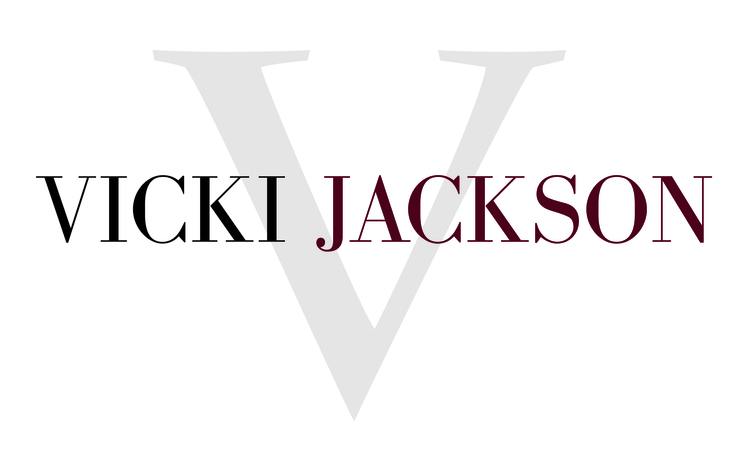NEXUS is certainly turning heads given its stunning lifestyle proposition, but its underlying economics are also changing consumer mindsets about renting.
A recent analysis conducted by members of the development, marketing and lending team at NEXUS revealed a typical one bedroom condominium at NEXUS could be considerably less expensive to own than rent, given the nature of low interest rates and a rising real estate market as well as the substantial income tax credits that only homeowners enjoy.
Here’s how a summary of how this scenario breaks down on a typical one bedroom residence (data subject to change):
This hypothetical condominium of 650-sq. ft. (gross architectural measurements) is priced for $568,750 ($825 per sq. ft.) and is purchased with a 5% down payment or $28,438. With a loan amount of $540,312 the principal and interest payments would be approximately $2,658 per month (assuming a 30-year fixed rate mortgage at 4.125% PAR rate) with a preferred credit score of 740 or better and provided this condominium is used as a primary residence by the borrower. Given the higher loan to value, the owner would require mortgage insurance, which is calculated at $265 per month plus there’s property taxes estimated at $427 per month and HOA dues estimated at $480 per month. This totals a monthly cost of $3,830 per month or $45,960 per year. A homeowner, however, also enjoys income tax deductions, which were factored at the 0.28% rate so the effective cost of ownership on an annual basis works out to about $35,412. Factoring the actual cost of the first year must include the additional earnest money deposit (a one time investment), so it is estimated that the total first year cost of housing for a condominium is $63,849.
Now take this math into the second year and the cost of ownership stays the same because the mortgage is fixed, but assuming a 5% median home price increase in the market (recent increases have been substantially higher) it’s fair to suggest this condominium appreciated $28,438 by the second year, which is an equity gain. Repeat this again in a third year and consider the cumulative investment would total $106,236 in cash while the cumulative equity gain could be $58,237 so the net housing cost with appreciation is more like $47,939. Furthermore, the down payment of $28,437 that was invested three years ago is still your money that you get back should you decide to sell and that capital appreciation experienced is likely not taxable given current IRS policies for principle residence gains (up to $250,000 for a single person and up to $500,000 for a married couple). This doesn’t include the cost of selling, which must also be factored.
As an apartment renter, the consumer would still provide a security deposit (typically one month of rent) and at prevailing luxury apartment rents of $4.00 per sq. ft., this 650-sq. ft. unit (gross architectural measurements) would likely rent for $2,600 per month plus parking of $175 per month so let’s say the total cost is $2,775 per month or $35,600 per year. Now remember that rent offers no income tax deduction so this same consumer is paying full taxes, and apartments don’t appreciate (at least not for the resident) so there’s no possibility for capital gains. Conversely, apartments typically experience rent increases annually (Seattle rents rose by at least 40% in the past five years) so if we apply the same 5% increase of rent as we presumed for the condominium appreciation above, then the same apartment would cost more and more each year. By the third year the renter will have paid $104,033 for an accommodation that offers convenience but no financial upside.
Of course, owning isn’t right for everyone. If you plan to stay in one place for more than a few years and the market continues to trend upwards as it has in recent years, however, then owning can provide significant economic benefits for the savvy consumer. And one primary benefit of presales is the price is set at the time the Purchase and Sale Agreement is accepted, so it’s not uncommon for values upon completion to be even higher still.



